Your 3 PM Energy Crash Starts at Breakfast. Here’s How to Fix It for Good.
Ever find yourself staring at your screen at 3 PM, feeling like your brain has completely checked out? You’re tired, you can’t focus, and the cravings for something sweet are screaming your name. I’ve seen this pattern thousands of times with my clients, and more often than not, the problem starts the moment their day does. Their breakfast—or the lack of one—is setting them up for a daily energy roller coaster.
In this article
Now, the old saying about breakfast being the “most important meal” isn’t a hard-and-fast rule for every single person on the planet. But it’s a massive strategic opportunity. It’s your very first chance to give your body the right signals for the day ahead. Forget those boring lists of “good foods.” I want to show you the why behind building a breakfast that actually works. This is about understanding how food communicates with your body to either build you up or break you down.
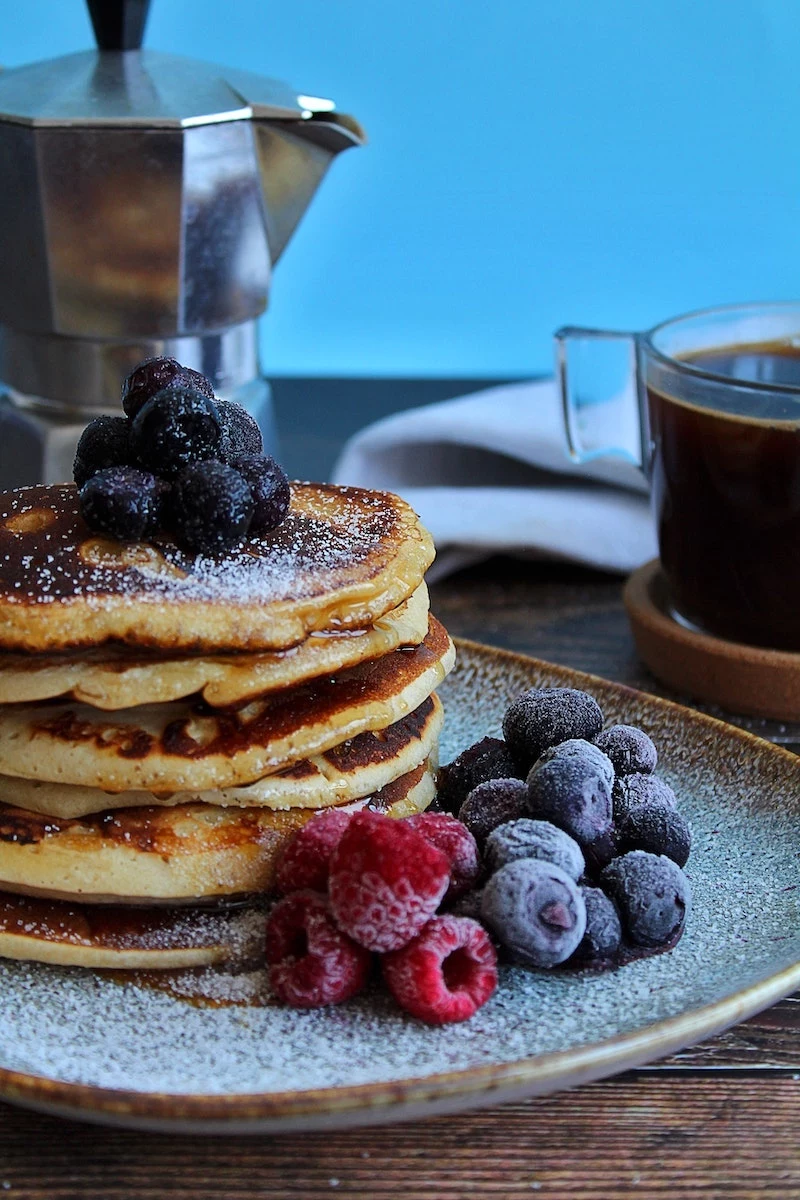
A solid morning meal does way more than just fill your stomach. It balances your blood sugar, sets your metabolic pace, and gives your brain the fuel it needs to actually function. Let’s get into how to build a breakfast that serves you, based on real-world results.
Why Your Current Breakfast Is Probably Failing You
To get why your breakfast choices are so critical, you have to know what’s going on inside your body when you wake up. After fasting all night, your body has been busy repairing itself, and its ready-to-use fuel tank (the stored glucose in your liver) is running on empty. It needs a refill, and what you choose to refill it with makes all the difference.
Think of your blood sugar like the gas pedal in a car. If you slam it with a breakfast of refined carbs—like sugary cereal, a doughnut, or a plain bagel—it’s like flooring it. You get a massive, immediate surge of sugar into your bloodstream. In response, your pancreas panics and floods your system with insulin to get that sugar out of your blood fast. The result? A dramatic blood sugar crash an hour or two later. That’s when you feel irritable, mentally foggy, and, you guessed it, hungry again. It’s a vicious cycle.

A well-built breakfast, on the other hand, is like applying steady, even pressure to the gas. It provides a slow, controlled release of energy. And you achieve this by focusing on a powerful trio: protein, fiber, and healthy fats.
The Building Blocks of a Better Breakfast
Let’s break down the three key players that will keep you full, focused, and energized until lunch. This is the core formula.
Protein: Your Anchor for Fullness
Protein is, without a doubt, the cornerstone of a satisfying breakfast. It digests slowly, which is exactly what you want. It keeps you feeling full by telling your hunger hormones to chill out. My clients consistently find that when they hit their protein goal in the morning, their mid-morning snack cravings completely disappear. The magic number? Aim for 20-30 grams of protein. This amount is proven to kickstart muscle maintenance and provide serious staying power.
Fiber-Rich Carbs: The Slow-Burn Fuel
Carbs are not the enemy! The type of carb is what truly matters. We’re talking about complex carbs from whole foods like oats, quinoa, or real whole-grain bread. These foods package their carbs with fiber, which is your secret weapon against a sugar crash. Fiber slows down digestion and the absorption of sugar, giving you that stable, reliable energy we were talking about. No spikes, no crashes—just steady fuel for your brain and body.
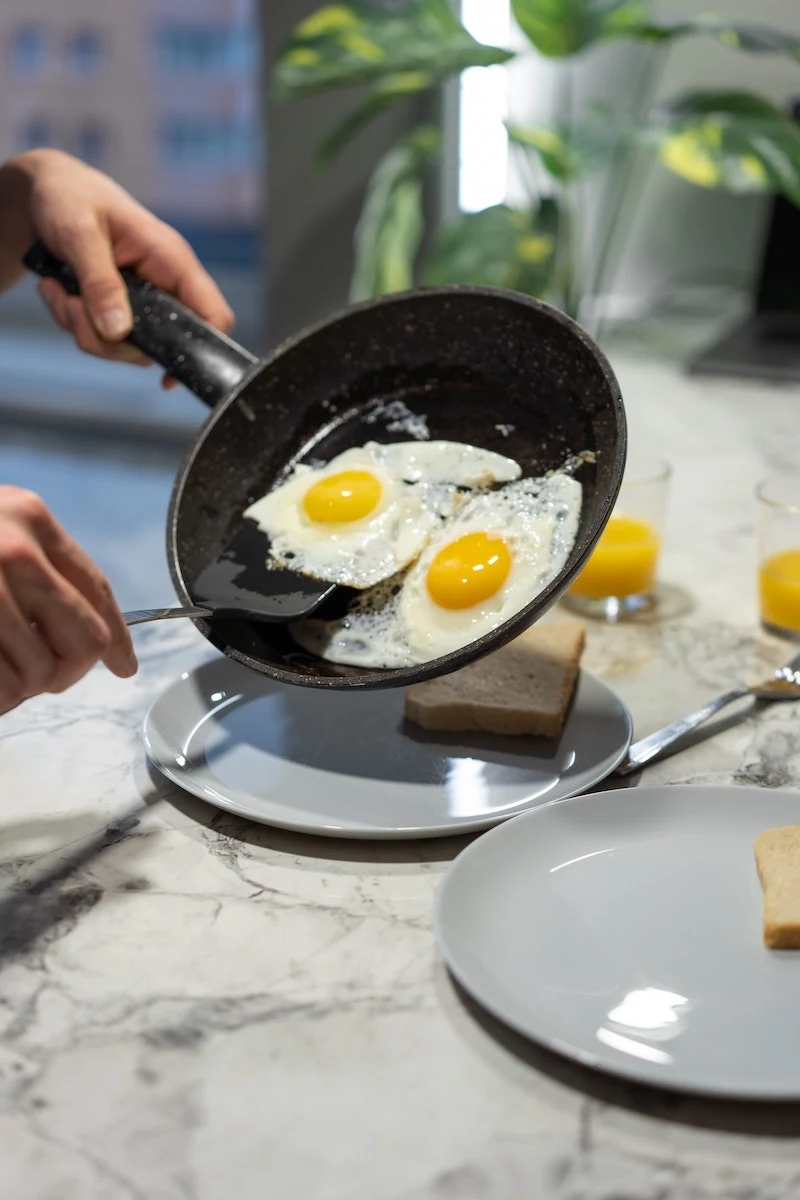
Healthy Fats: For Brainpower and Hormones
Fat is not only essential, it’s a powerhouse. It helps you absorb crucial vitamins from your food and is a building block for the hormones that regulate everything from stress to your metabolism. Adding healthy fats from sources like avocados, nuts, and seeds makes your breakfast even more satisfying and ensures your body has all the raw materials it needs to run smoothly.
Let’s Build Your Plate: The-Practitioner Approved Foods
Okay, enough theory. Let’s talk about what this looks like in your kitchen. I group foods into categories so you can easily mix and match.
1. Start with a Protein Anchor (20-30g)
Always, always start here. This is non-negotiable for a breakfast that lasts.
- Eggs: The gold standard for a reason. Two large eggs give you about 12-14 grams of high-quality protein. They’re also loaded with choline, which is amazing for brain health. And don’t worry about the cholesterol—for most people, it’s a non-issue. Poach or boil them, or fry them in a stable fat like avocado oil or real butter. A carton of eggs is one of the most budget-friendly protein sources out there, often costing less than $4 a dozen.
- Greek Yogurt or Icelandic Skyr: We’re not talking about those little fruit-on-the-bottom cups. You want the plain, unsweetened kind. A single serving can pack a whopping 15-20 grams of protein. They’re also full of probiotics for a happy gut. A crucial tip: Read the label! If it has more than 10 grams of sugar per serving, put it back. You can add your own berries for sweetness.
- Cottage Cheese: This is the unsung hero of the breakfast world, and it’s super cheap. A cup can deliver over 25 grams of slow-digesting protein, making it fantastic for keeping you full. If the texture weirds you out, try blending it into a smoothie—it adds a protein punch and amazing creaminess without changing the flavor.
- Plant-Based Options: A tofu scramble is a fantastic alternative to eggs. Just crumble a block of firm tofu (around $2.50) and sauté it with spices like turmeric, black salt (for an “eggy” flavor), and nutritional yeast. You can also add a scoop of a quality plant-based protein powder (pea or hemp) to oatmeal or a smoothie to easily hit that 20-gram target.
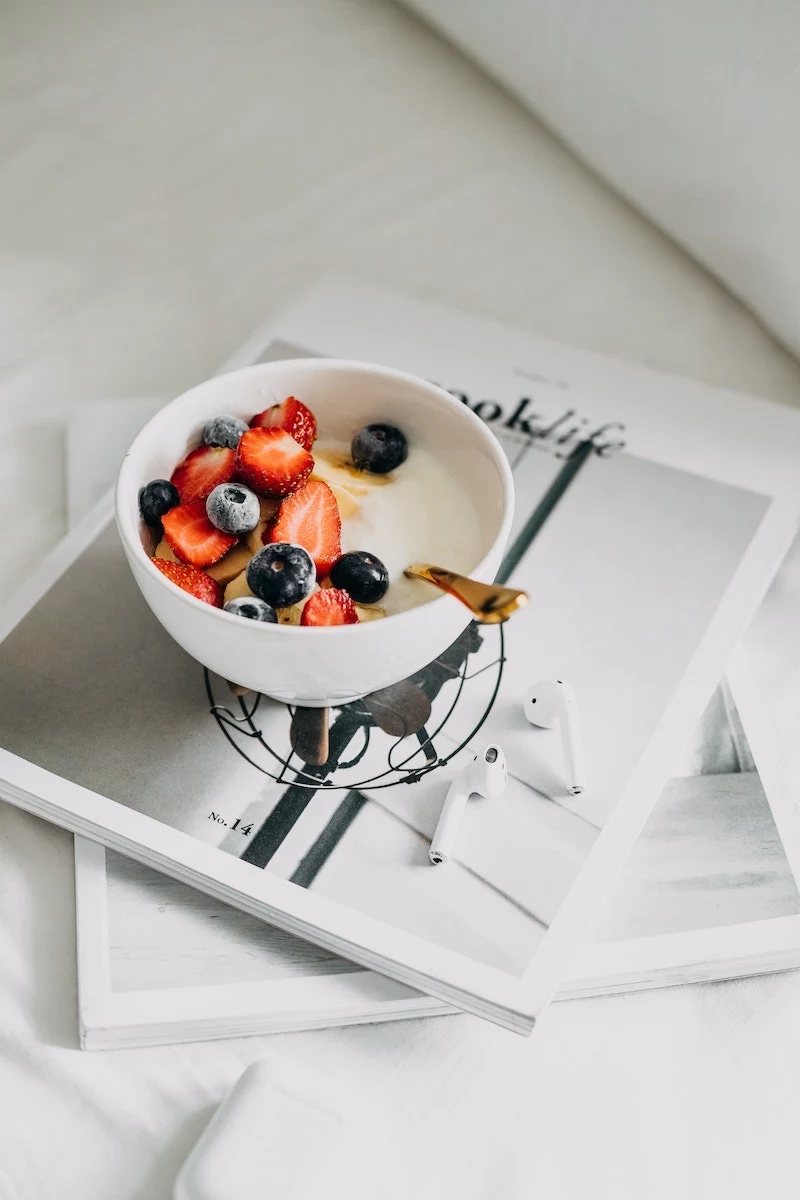
2. Add a Fiber-Rich Carb
Next, choose your source of sustained energy.
- Oats: Oats are my go-to for a reason, but not all are created equal. Here’s the breakdown:
– Steel-Cut Oats: These are the least processed and have a chewy, nutty texture. They take about 20-30 minutes to cook, so they’re perfect for making a big batch on Sunday to use all week.
– Rolled Oats: These are steamed and rolled flat, so they cook in 5-10 minutes. They’re the best for making overnight oats. Quick tip: Toast the dry oats in the pan for a minute before adding liquid—it brings out an amazing nutty flavor.
– Instant Oats: Honestly, try to avoid these. They’re highly processed and act more like a sugary carb. Stick to the other two if you can. - Real Whole-Grain Bread: The key word is “whole.” Many breads labeled “wheat” are just white bread with a tan. Check the ingredients list—the very first ingredient should say “100% whole wheat” or “100% whole grain.”
- Think Beyond the Usual: Cooked quinoa or buckwheat can make a delicious, hearty breakfast porridge. Quinoa is a great choice because it’s also a complete protein.
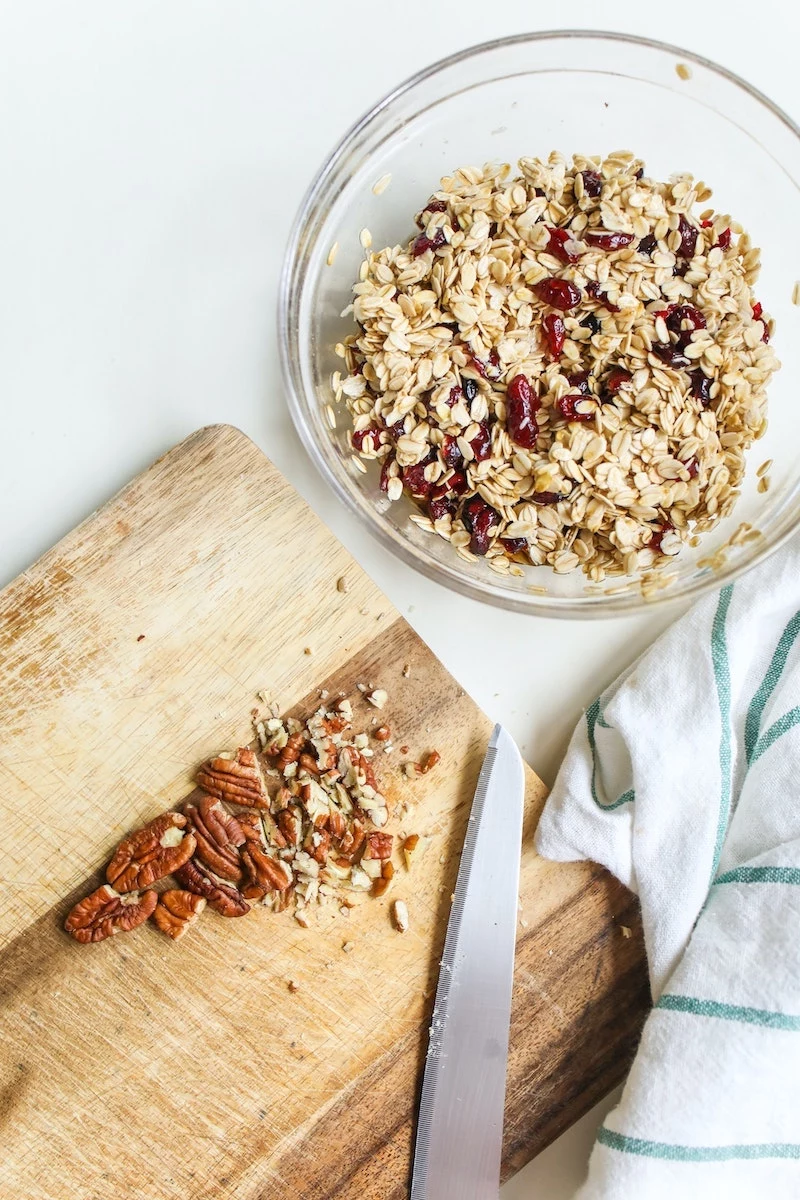
3. Finish with Healthy Fats, Fruits, and Veggies
These are the finishing touches that add nutrients, flavor, and extra staying power.
- Avocado: Half an avocado mashed on your toast or on the side of eggs is perfect. It’s full of healthy fats that are incredibly filling. A good serving of fat is about a quarter of a large avocado.
- Nuts and Seeds: A small handful (about an ounce) of almonds or walnuts, or a tablespoon of seeds, can transform your meal. Ground flaxseeds are fantastic for omega-3s, and chia seeds are fiber bombs.
Heads up! Never eat chia seeds dry and then drink water. They can expand in your throat and cause a choking hazard. Always let them soak in a liquid (like in oatmeal or a smoothie) first. - Nut Butters: A tablespoon of natural peanut or almond butter is great. Just read the label! The only ingredients should be nuts and maybe salt. Skip the ones with added sugar and hydrogenated oils.
- Berries and Veggies: Berries are low-sugar, high-fiber powerhouses. Buying them frozen is often cheaper and just as nutritious. And don’t forget to sneak in veggies! A handful of spinach wilted into your eggs is an effortless way to get in extra nutrients.
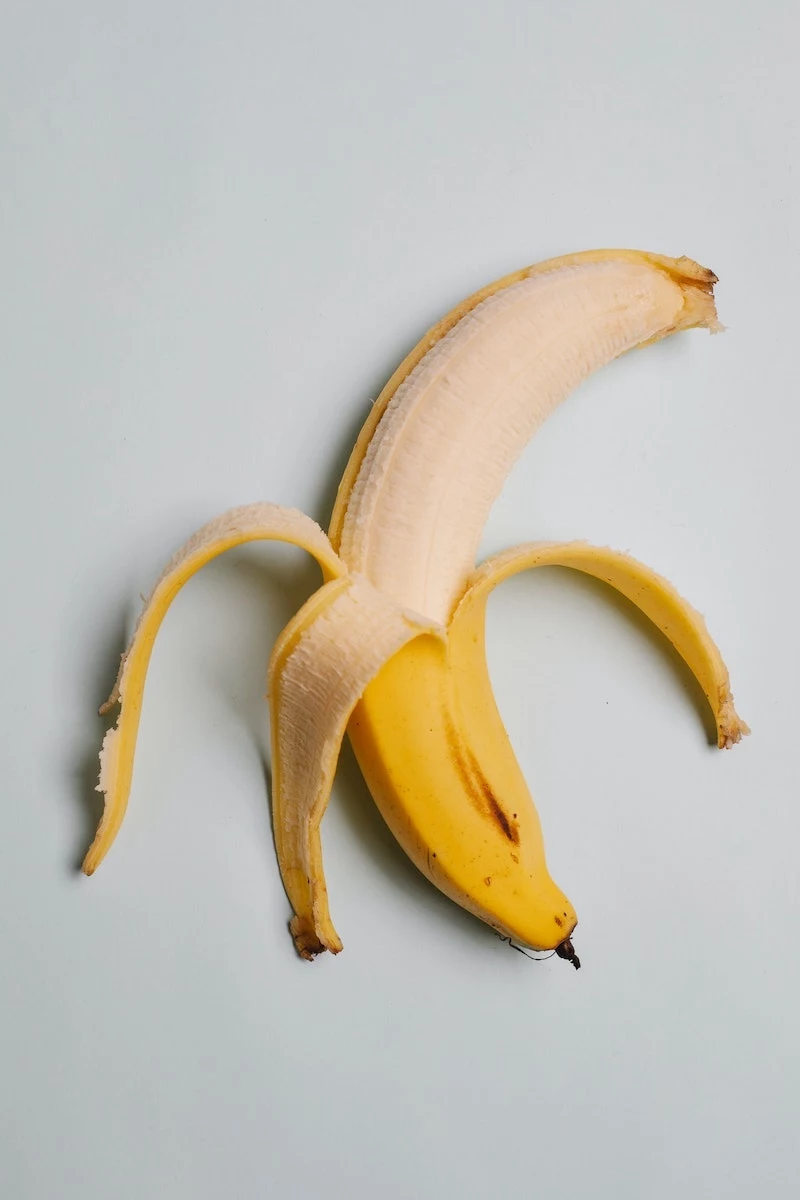
Putting It All Together: From Theory to Reality
Let’s see what this looks like on a real plate. Forget calorie counting and just use this simple visual:
Imagine your plate is divided. Half of it should be non-starchy veggies or low-sugar fruit (like spinach or berries). A quarter gets filled with your protein anchor (eggs, yogurt). The last quarter is for your fiber-rich carb (oats, a slice of whole-grain toast). Then, add your healthy fat (a sprinkle of nuts or a few slices of avocado).
Here’s a ‘Before and After’ to make it crystal clear:
- The Old Way (Before): A plain bagel with cream cheese. This gives you about 50 grams of fast-burning refined carbs and maybe 8 grams of protein. The result? You’re starving and foggy-brained by 10 AM.
- The New Way (After): Two scrambled eggs with spinach, one slice of 100% whole-grain toast with 1/4 avocado. This gives you around 15 grams of fiber-rich carbs, 15 grams of protein, and healthy fats. The result? Steady, focused energy that easily lasts until 1 PM. See the difference?
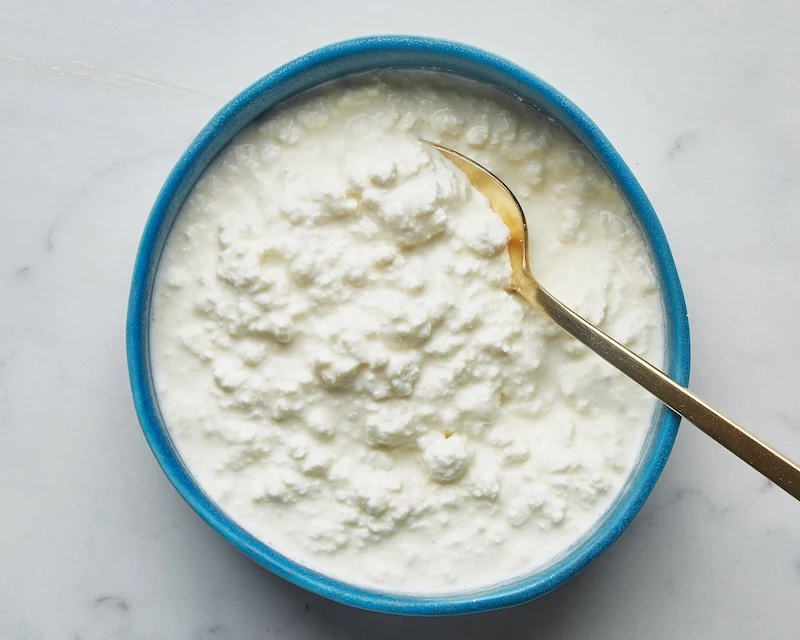
Meal Prep That Actually Works
The biggest excuse I hear is, “I don’t have time.” I get it. Here’s how you get around that:
- Egg Muffins: This is a game-changer. Whisk 12 eggs, add 1 cup of chopped spinach and 1/2 cup of feta or other veggies, pour the mix into a muffin tin, and bake at 350°F (175°C) for about 15-20 minutes. Boom. You’ve got grab-and-go protein bites for the week.
- Smoothie Packs: Put all your dry smoothie ingredients (1 cup spinach, a scoop of protein powder, 1 tbsp chia seeds, 1/2 cup frozen berries) into freezer bags. In the morning, just dump one bag in the blender, add water or unsweetened almond milk, and you’re done in 60 seconds.
Let’s Talk About Coffee… and Other Traps
Yes, you can still have your coffee! Coffee itself is fine. The problem is what we put in it. A morning latte loaded with sugar and syrup can derail your blood sugar just as fast as a doughnut. If you drink coffee, try to have it black or with a splash of regular milk or unsweetened almond milk. If you need a little sweetness, a tiny bit of maple syrup or a few drops of stevia is a much better choice than spoonfuls of sugar.
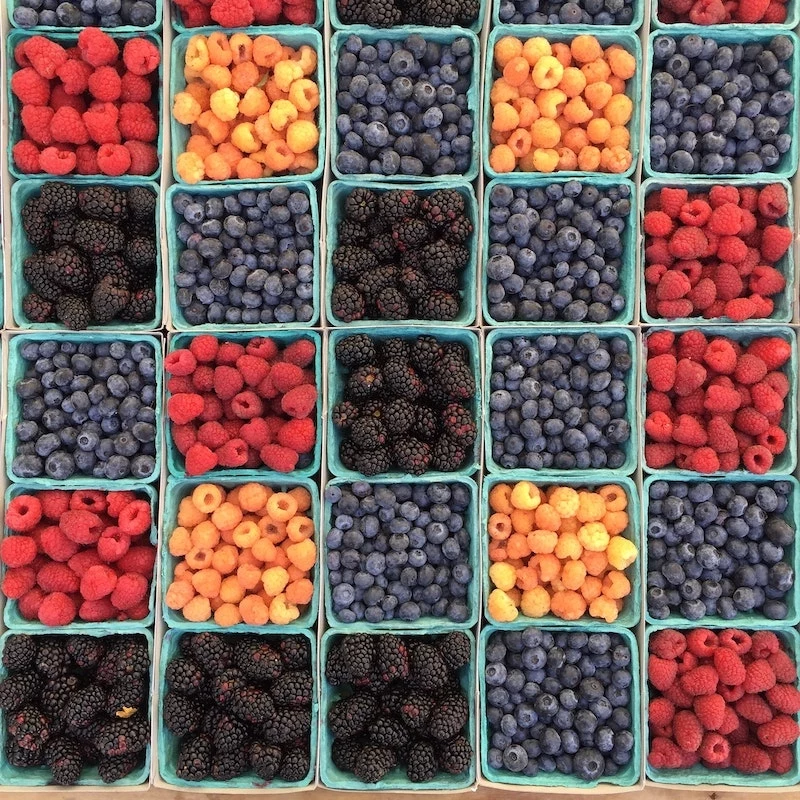
And be wary of these other common breakfast traps:
- “Healthy” Cereals and Granola: Walk down the cereal aisle and you’ll see boxes screaming “Whole Grain!” and “High Fiber!” To be frank, most of them are candy in disguise. Flip them over and look at the sugar content. If it’s in the double digits per serving, it’s a dessert, not a breakfast.
- The Sugar-Bomb Smoothie: A smoothie can be amazing, or it can be a 50-gram sugar bomb. If yours is just fruit, juice, and sweetened yogurt, you’re doing it wrong. Always build it with the PFF rule: Protein (powder, Greek yogurt), Fat (nut butter, avocado), and Fiber (spinach, chia seeds).
- Breakfast Bars: These are for emergencies only, not for every day. Most are highly processed and packed with sugar alcohols that can upset your stomach. If you have to grab one, read the ingredients. If it looks like a science experiment, find something else.
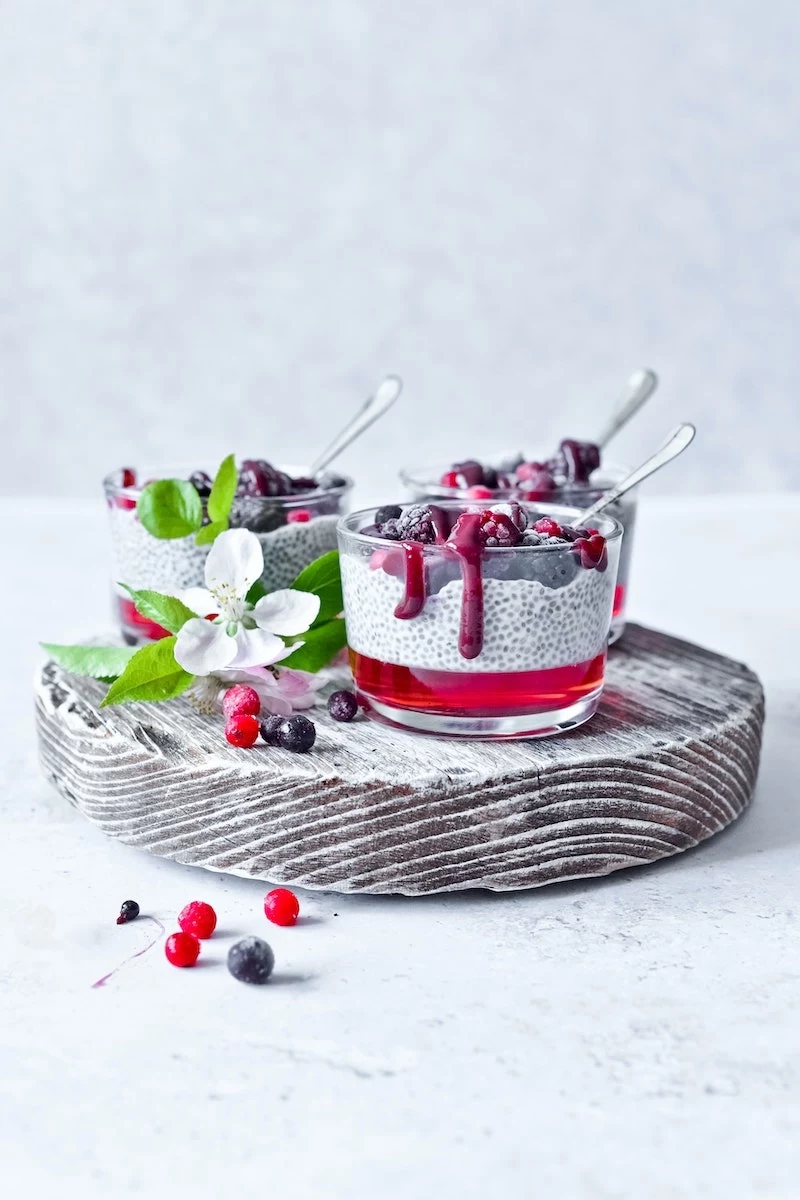
Troubleshooting Your Morning Meal
What if you’re trying this and still having issues? Here are a few quick fixes:
- Still hungry before lunch? You probably need more protein or fat. Try adding an extra egg to your scramble or another tablespoon of chia seeds to your oatmeal.
- Not hungry at all in the morning? Don’t force it. A huge plate of food can be overwhelming if your body isn’t used to it. Start small with something liquid, like a simple smoothie with just half a scoop of protein powder and some almond milk. Over time, your body will adapt and you can gradually add more.
- Feeling bloated? You might have increased your fiber too quickly. Pull back a little and increase it slowly over a week or two to give your digestive system time to adjust.
Building a better breakfast isn’t about perfection; it’s about intention. It’s a simple investment in how you’re going to feel for the rest of the day. So here’s my challenge to you: Try this plate formula for just three days this week. I bet you’ll notice a huge difference in your energy and focus by the afternoon.

Disclaimer: This information is for educational purposes and is based on extensive professional experience. However, everyone’s body is different. This is not a substitute for professional medical advice. Please consult with your doctor or a registered dietitian before making significant changes to your diet, especially if you have a pre-existing health condition.
Inspirational Gallery
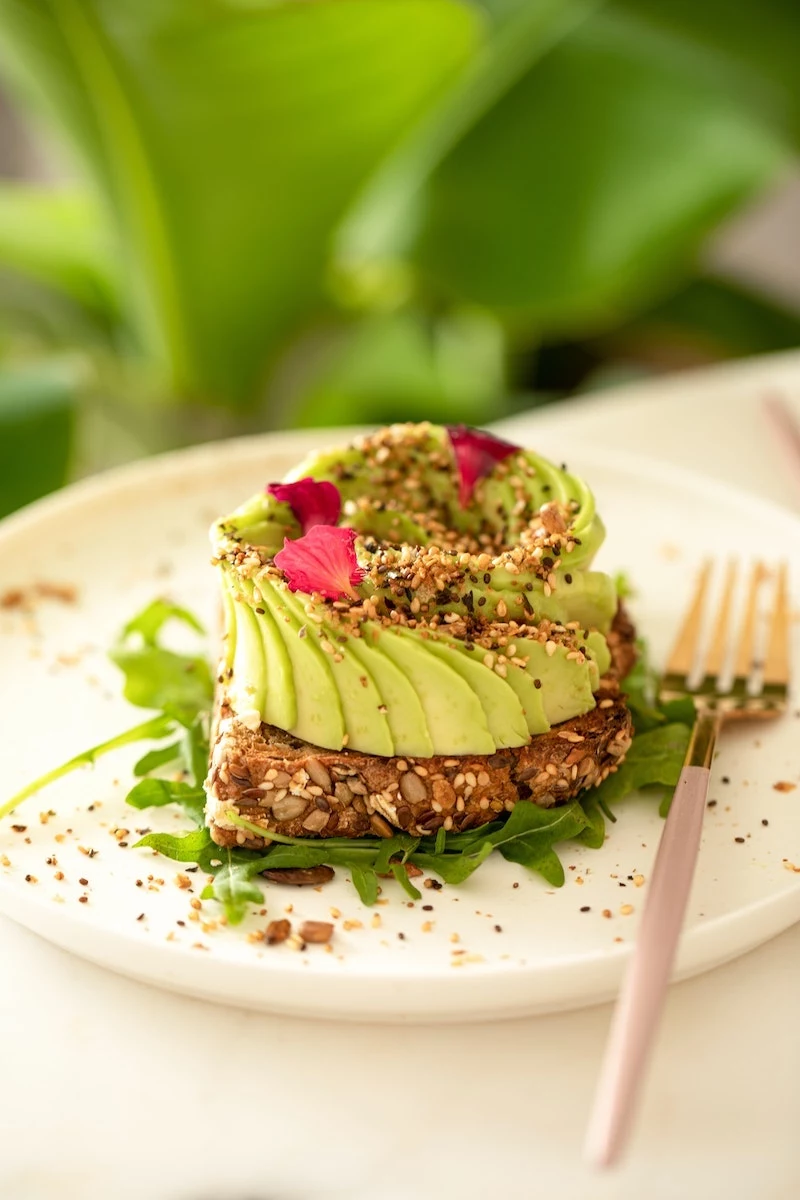
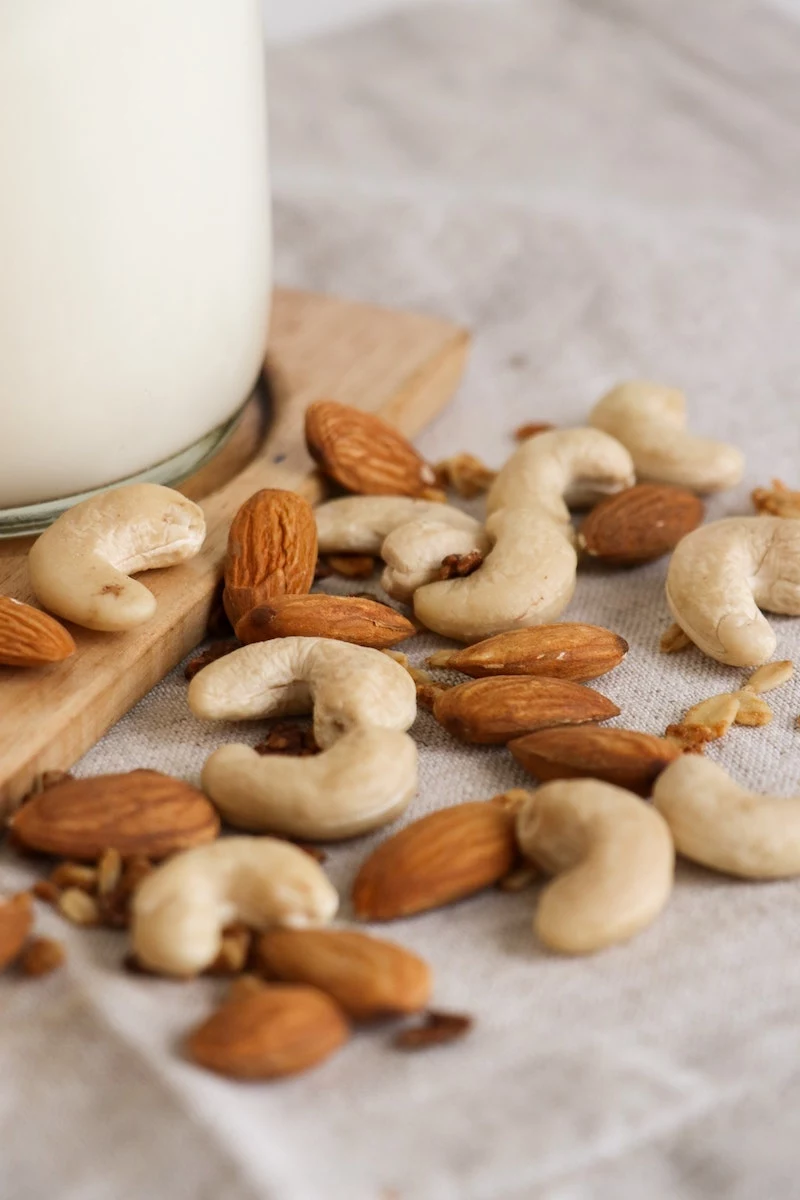
Is your ‘healthy’ morning smoothie secretly a sugar bomb?
Many fruit-packed smoothies, while full of vitamins, can send your blood sugar on the same roller coaster as a pastry. The key is balance. To transform your smoothie into a stable energy source, ensure it includes a quality protein source like a scoop of Orgain Organic Protein powder, a healthy fat like half an avocado or a tablespoon of MCT oil, and a fiber boost from chia seeds or a handful of spinach. This trifecta slows down sugar absorption, keeping you full and focused for hours.
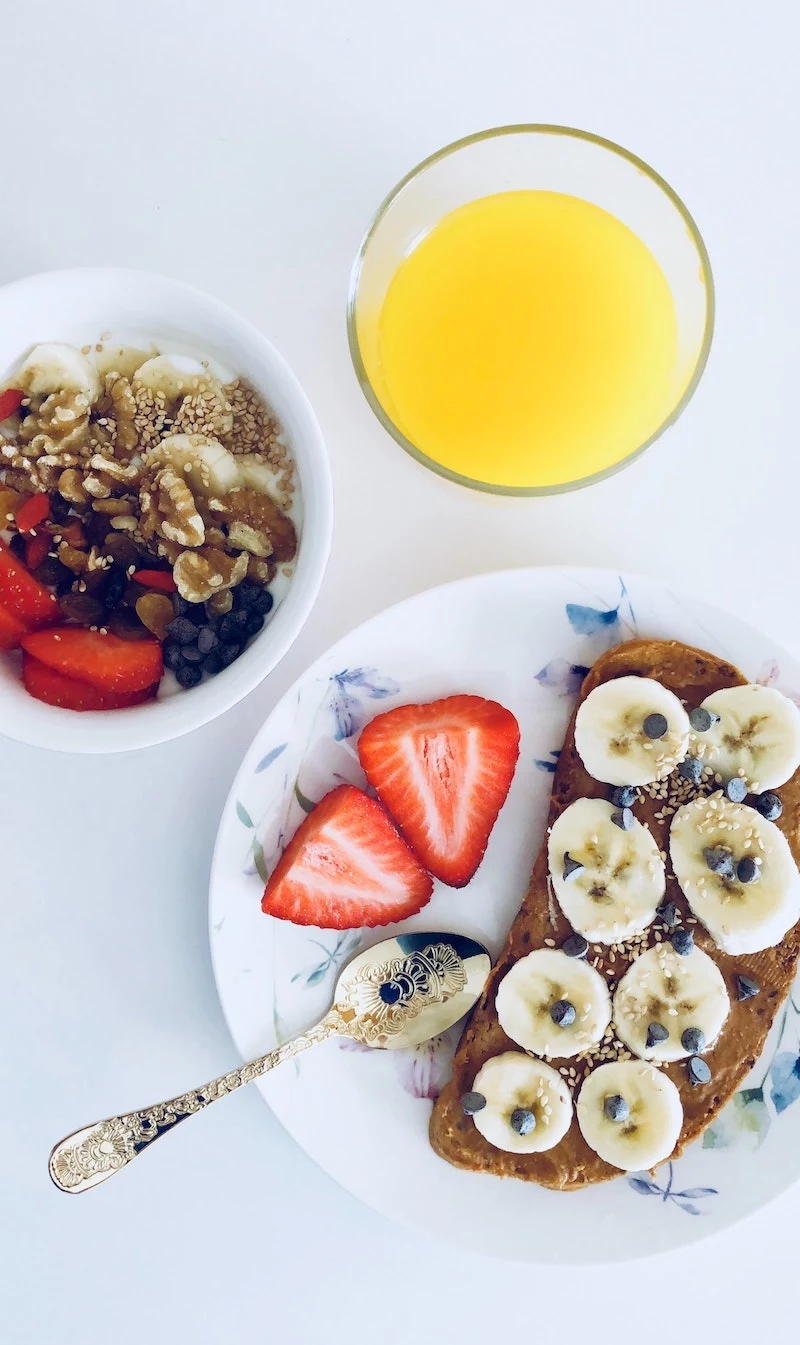
The American Heart Association suggests adults consume 25 to 30 grams of fiber per day, yet the average intake is only about 15 grams.
This “fiber gap” is a major reason for energy slumps. Fiber is your blood sugar’s best friend; it slows down digestion and the release of sugar into the bloodstream. Simply adding two tablespoons of Bob’s Red Mill ground flaxseed to your morning yogurt or oatmeal can contribute over 5 grams of fiber, a crucial step to help you cruise steadily through that 3 PM checkpoint without needing a sugar fix.
Go Savory: Swap your sweet toast for a protein-packed alternative. A slice of whole-grain sourdough topped with smoked salmon, cream cheese, and capers provides high-quality protein and omega-3 fatty acids for brain health and stable energy.
Go Sweet (but smart): If you crave sweetness, choose Greek yogurt (like Fage Total 2%) with a handful of berries and a sprinkle of nuts. The protein and fat in the yogurt and nuts buffer the fruit’s natural sugars.










